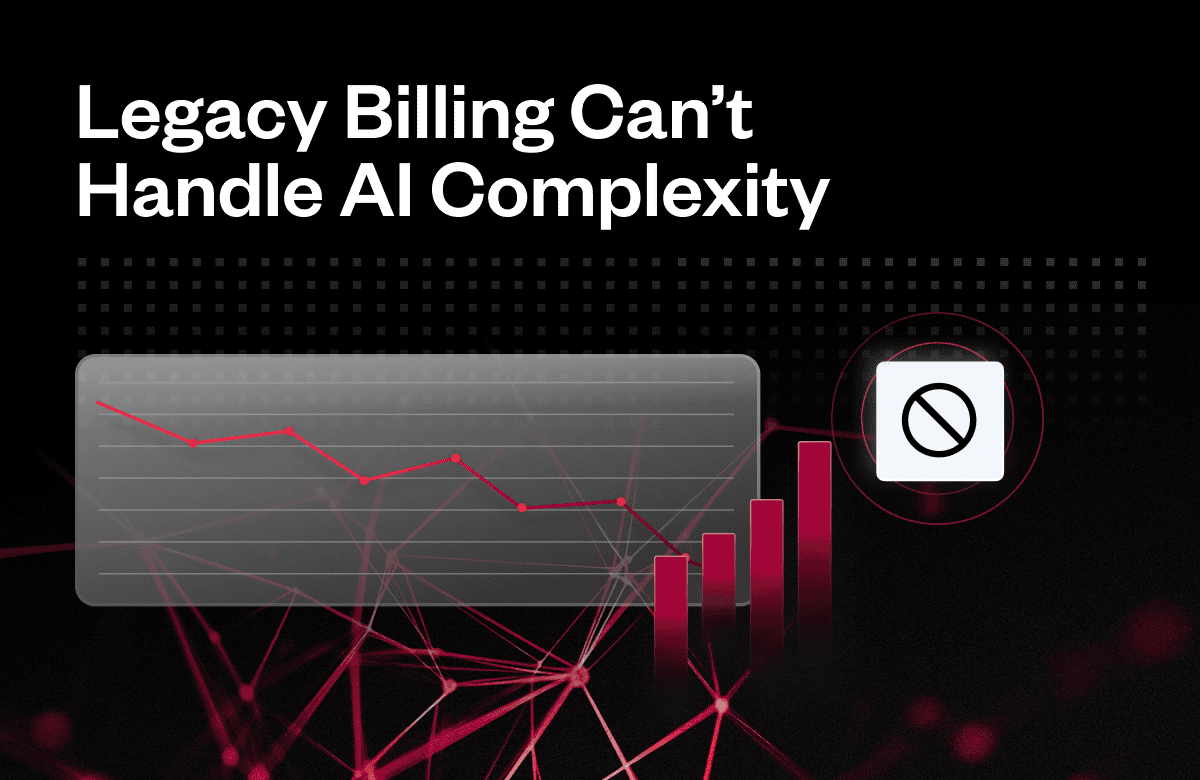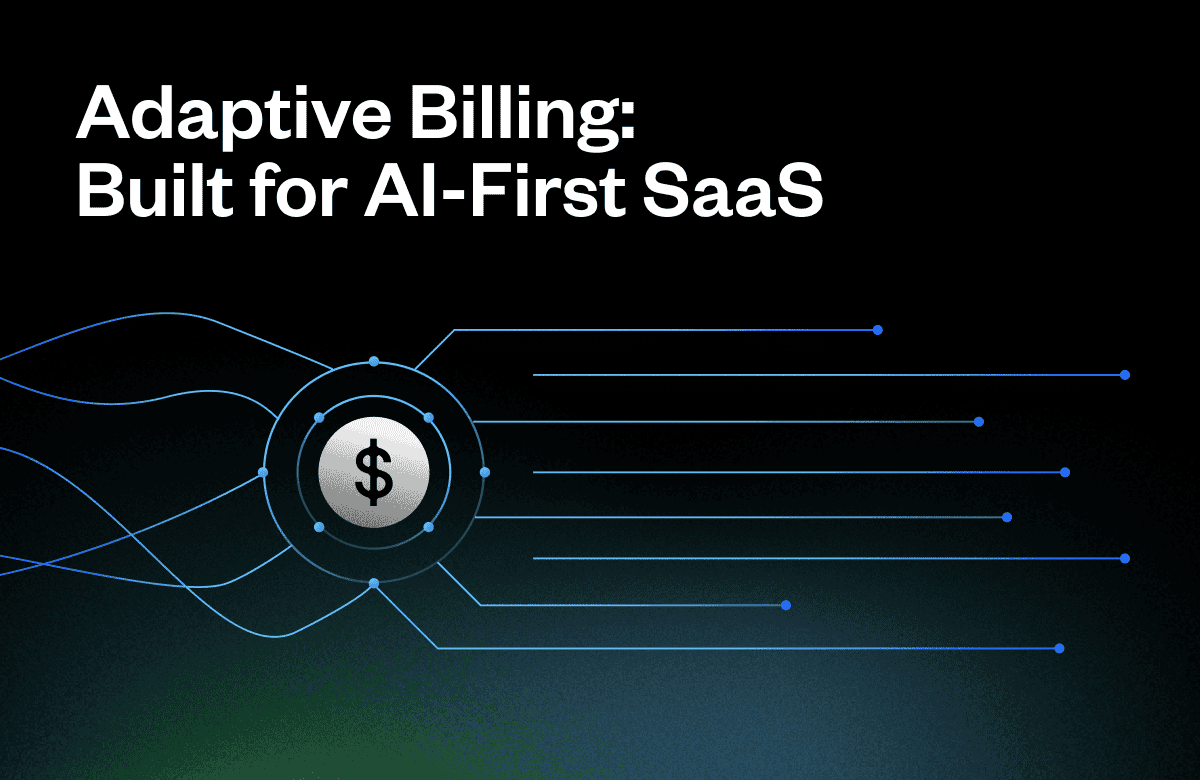The Hidden Complexity of AI-Powered SaaS Pricing
AI-powered SaaS products are revolutionizing industries, offering unprecedented efficiency, automation, and insights. However, these innovations come with a challenge—unpredictable workloads, fluctuating resource demands, and high-cost computational processes. Despite this complexity, many SaaS companies still rely on traditional billing models that fail to reflect the true cost and value of AI-driven services.
As AI capabilities expand, so too does the variance in usage patterns. Some customers may use simple AI features, while others engage in resource-intensive model training or real-time inferencing that requires significant computational power. Without a billing system that adapts to these fluctuations, SaaS companies risk misaligned pricing that either undercharges high-cost users or overcharges low-intensity customers. The solution lies in a more flexible approach—adaptive billing.
The Pricing Challenge for AI SaaS
Unlike traditional software, AI-driven services don’t operate within predictable usage patterns. Workload intensity can vary widely based on factors such as:
- Compute-intensive model training: Running deep learning models requires GPU-heavy processing that can skyrocket infrastructure costs.
- On-demand inferencing: AI-powered analytics or automation tools may generate fluctuating demand, making it difficult to predict and allocate resources.
- Variable API consumption: AI services often operate in high-volume environments, with millions of requests requiring vastly different levels of processing power.
Flat subscriptions or basic usage-based pricing models fail to accommodate this variability. A one-size-fits-all approach either penalizes light users by charging them too much or fails to cover costs for customers with high-computation needs. This misalignment can lead to revenue leakage, dissatisfied customers, and an inability to scale profitably.
How Adaptive Billing Solves This Problem
Adaptive billing provides a solution by implementing multi-dimensional metering that tracks multiple factors in real time, ensuring that pricing aligns with actual resource consumption. Unlike conventional usage-based billing, which simply counts API calls or gigabytes transferred, adaptive billing differentiates between the types of usage and their underlying costs.
With adaptive billing, AI SaaS companies can:
- Track compute-heavy workloads separately from lightweight usage, ensuring that pricing reflects actual operational costs.
- Introduce event-based billing models that charge users based on the complexity and intensity of their AI-powered actions.
- Dynamically adjust pricing based on real-time demand, ensuring profitability even as usage patterns shift.
By aligning costs with consumption, adaptive billing creates a more sustainable and transparent pricing model that fosters customer trust while maximizing revenue potential.
Evolving Billing Strategies for AI-Driven SaaS
Many forward-thinking SaaS companies are shifting toward event-based, tokenized, and adaptive billing models to better capture the intricacies of AI-driven workloads. These approaches allow providers to charge based on the specific actions taken within their platforms, rather than relying on outdated, linear pricing structures.
For example:
- Tokenized billing: Some AI SaaS platforms assign tokens to different levels of service usage, ensuring that complex, high-resource actions carry a higher price than simple requests.
- Event-based pricing: Companies can charge per AI model inference, per dataset processed, or per real-time recommendation delivered, rather than using broad-based metering.
- Adaptive pricing tiers: By dynamically adjusting costs based on usage spikes or efficiency gains, companies can offer customers fairer pricing while protecting their margins.
Considering Metering Solutions
Implementing adaptive billing at scale requires the right infrastructure. Solutions like Maxio Metering enable SaaS businesses to:
- Capture real-time data on resource consumption.
- Implement multi-dimensional metering that accounts for different workload intensities.
- Provide transparent, customer-friendly billing that aligns price with actual value.
With Maxio Metering, AI SaaS companies can ensure that high-value computational events are accurately tracked and reflected in pricing—without constant manual adjustments from engineering and finance teams.
AI SaaS Billing Must Evolve Alongside the Product
As AI-powered SaaS companies continue to push technological boundaries, they must also evolve their billing strategies. Traditional pricing models simply don’t work in a world where workloads vary in complexity and computational cost. A modern AI SaaS company needs a billing system that adapts—one that tracks usage complexity, aligns pricing with cost-to-serve, and supports long-term scalability. To learn more about how adaptive billing is reshaping SaaS pricing strategies, download the white paper, The Future of SaaS Revenue: Adaptive Usage-Based Billing.




